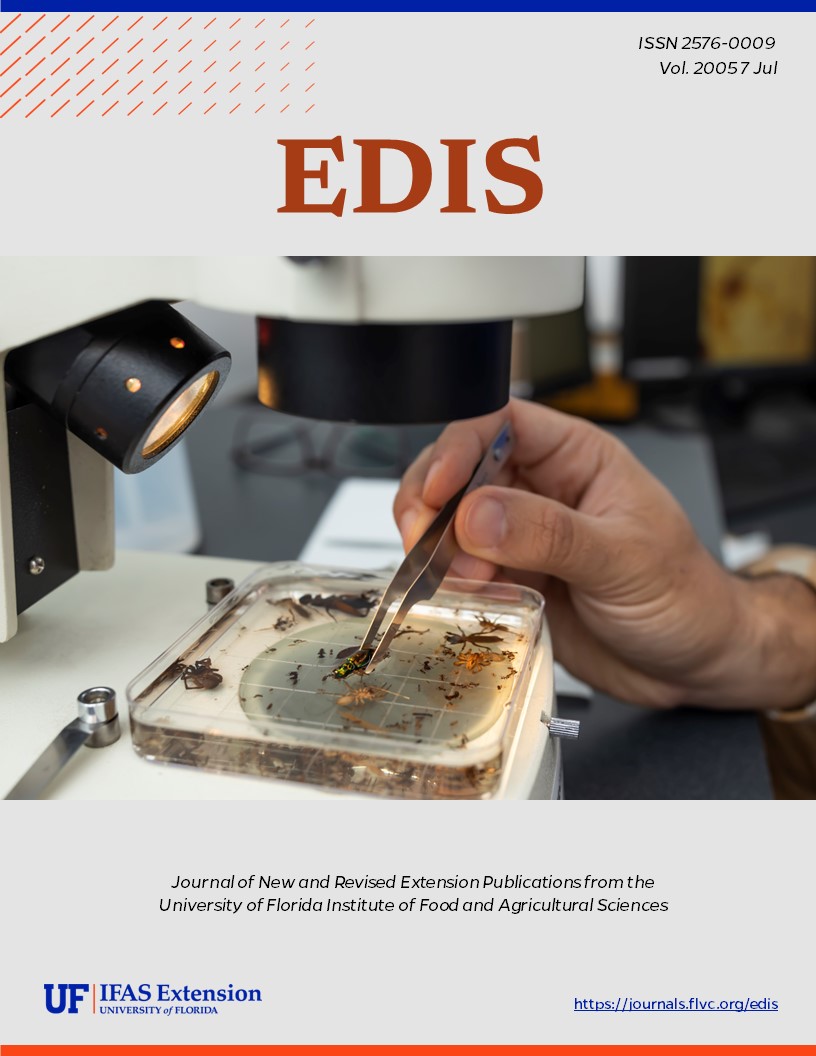Abstract
Malaria in humans is a disease transmitted by mosquitoes in the genus Anopheles and caused by any one of four species of microscopic protozoan parasites in the genus Plasmodium (P. vivax, P. falciparum, P. malariae and P. ovale ) distributed throughout the world. Malaria was one of the major endemic diseases in the United States for more than four centuries (Russell, 1968). As recently as 1935, malaria caused 4,000 deaths every year in the United States. However, by the 1940s, the annual death toll had been reduced to 400, and by 1952 it was down to 25 with little or no local transmission. In the United States and elsewhere, malaria was eradicated by draining larval habitats, treating patients with antimalarial drugs, applying mosquito larvicides and adulticides, and screening doors and windows. This document is ENY-630, one of a series of the Entomology and Nematology Department, Florida Cooperative Extension Service, Institute of Food and Agricultural Sciences, University of Florida. Publication date: July 1990. Revised: July 1998 and May 2005.
References
Reinert, J. F., P. E. Kaiser, and J. E. Seawright. 1997. Analysis of Anopheles (Anopheles) quadrimaculatus complex of sibling species (Diptera: Culicidae) using morphological, cytological, molecular, genetic, biochemical and ecological techniques in an integrated approach. J. Am. Mosq. Control Assoc. 13(Suppl.): 1-102.
Russell, P. F. 1968. The United States and Malaria: Debits and Credits. Bull. N. Y. Acad. Med. 44:623

